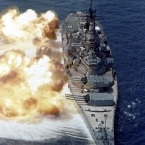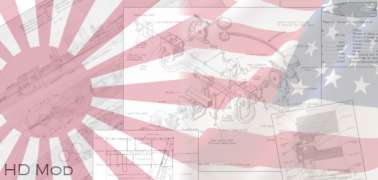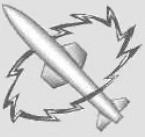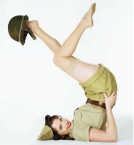Wirraway_Ace
Posts: 1400
Joined: 10/8/2007
From: Austin / Brisbane
Status: offline

|
quote:
ORIGINAL: Mike Scholl
A game "turn" has two 12-hour segments. a "night phase", followed by a "day phase". With "Historic" and "Suprise" ON, turn one has a "Magic move" (night phase), and begins with the second (or day phase).
So there are several ways to look at it.
The Day phase is 12 hours long, and the POW TF sailed 15 hours and 10 minutes after it began..., or
by Hawaiian time, the POW TF didn't leave port until after dark on the 7th (1st or night phase of turn two)..., or
stick to "local times", in which the POW TF left Singapore in the early evening of 12/08 and might have gotten a hex or so out to sea (cruise speed) before nightfall and the beginning of turn two..., still well out of range to be sighted and attacked.
In any of these cases, the POW TF could not be attacked on Game Turn One. So (as I said previously), it's vulnerability to such an attack is a "scenario design device", not an "historical reality"...
The scenario designers were simply trying to replicate the historical reality that Force Z was committed to disrupt the landings in the first 24hours of the shooting war. All involved underestimated the skill of the IJN pilots and the capability (range) of their bombers. The historical start leaves the Allied player likely to pay the same price for their complacency the Allies actually did in the first moves of the war--thus historical start...From my perspective, this was one of the most elegent design choices the scenario designers made to put the Allied player really in the shoes of their historical counterparts. It makes running that first turn so much more exciting and shocking.
|
 Printable Version
Printable Version


























 New Messages
New Messages No New Messages
No New Messages Hot Topic w/ New Messages
Hot Topic w/ New Messages Hot Topic w/o New Messages
Hot Topic w/o New Messages Locked w/ New Messages
Locked w/ New Messages Locked w/o New Messages
Locked w/o New Messages Post New Thread
Post New Thread